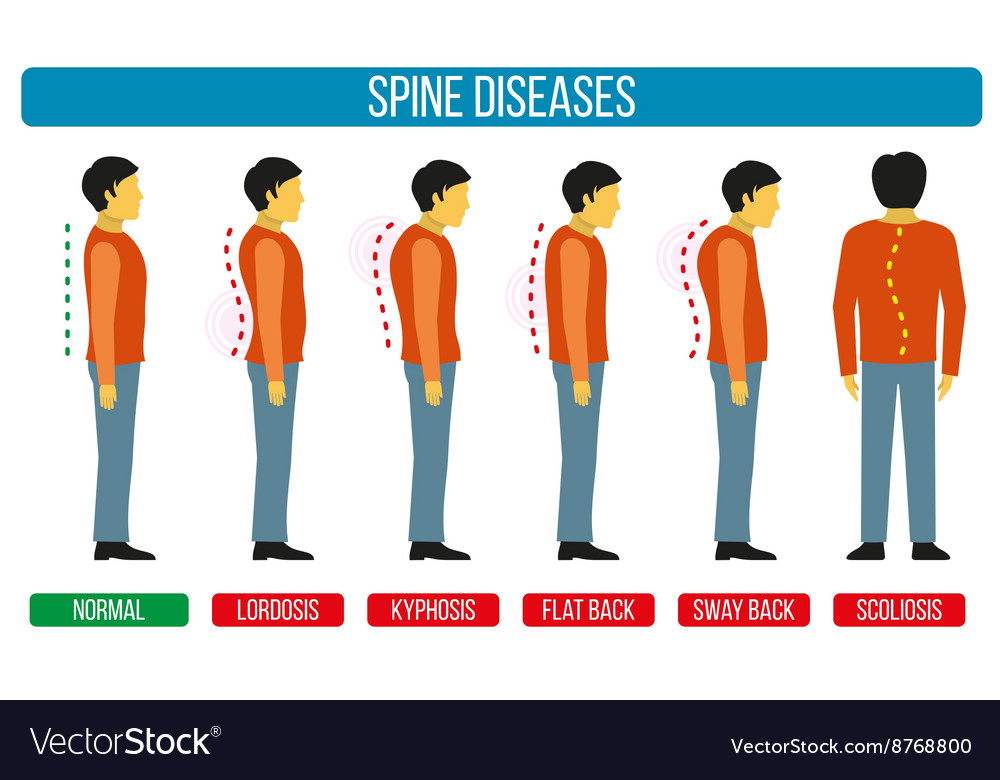Regular Activities That Add To Neck And Back Pain And Ways To Stop Them
Regular Activities That Add To Neck And Back Pain And Ways To Stop Them
Blog Article
Content Author-Briggs Glud
Keeping appropriate position and staying clear of typical risks in day-to-day tasks can substantially influence your back health and wellness. From how you sit at your workdesk to exactly how you raise heavy things, little adjustments can make a large difference. Envision a day without the nagging pain in the back that hinders your every step; the remedy may be simpler than you assume. By making get more info of tweaks to your day-to-day practices, you could be on your method to a pain-free presence.
Poor Position and Sedentary Way Of Life
Poor stance and a less active way of living are 2 major factors to neck and back pain. When you slouch or hunch over while sitting or standing, you placed unnecessary stress on your back muscular tissues and back. This can cause muscle mass discrepancies, tension, and ultimately, persistent pain in the back. Additionally, sitting for long periods without breaks or physical activity can deteriorate your back muscles and bring about tightness and pain.
To combat bad pose, make a mindful initiative to rest and stand up right with your shoulders back and straightened with your ears. Keep in mind to keep your feet flat on the ground and prevent crossing your legs for extensive periods.
Integrating normal extending and reinforcing exercises right into your daily routine can also help boost your position and ease back pain connected with an inactive lifestyle.
Incorrect Lifting Techniques
Improper lifting strategies can dramatically contribute to back pain and injuries. When you lift hefty items, keep in mind to flex your knees and use your legs to lift, instead of relying upon your back muscular tissues. Avoid twisting your body while lifting and maintain the things near to your body to lower stress on your back. It's important to preserve a straight back and prevent rounding your shoulders while raising to avoid unneeded stress on your spine.
Always examine the weight of the things prior to lifting it. If it's too hefty, ask for help or use devices like a dolly or cart to transport it safely.
Bear in mind to take breaks throughout lifting tasks to give your back muscles a chance to relax and stop overexertion. By executing correct training techniques, you can stop back pain and lower the danger of injuries, guaranteeing your back stays healthy and strong for the long-term.
Absence of Regular Workout and Extending
A less active way of life without routine workout and extending can dramatically contribute to back pain and pain. When you don't engage in exercise, your muscles end up being weak and inflexible, leading to poor stance and boosted strain on your back. Routine exercise helps enhance the muscle mass that sustain your back, improving stability and lowering the threat of neck and back pain. Integrating stretching into your routine can additionally enhance adaptability, avoiding rigidity and pain in your back muscular tissues.
To stay clear of back pain caused by a lack of exercise and stretching, aim for at the very least half an hour of moderate exercise most days of the week. Include workouts that target your core muscular tissues, as a strong core can aid alleviate stress on your back.
Furthermore, take breaks to stretch and move throughout the day, especially if you have a workdesk job. Simple stretches like touching your toes or doing shoulder rolls can help alleviate stress and avoid neck and back pain. Focusing on tuina chinatown and extending can go a long way in preserving a healthy back and lowering pain.
Conclusion
So, remember to sit up right, lift with your legs, and stay energetic to stop back pain. By making basic modifications to your day-to-day habits, you can avoid the discomfort and limitations that feature neck and back pain. Care for your spinal column and muscle mass by practicing excellent pose, appropriate training techniques, and regular workout. Your back will thanks for it!
